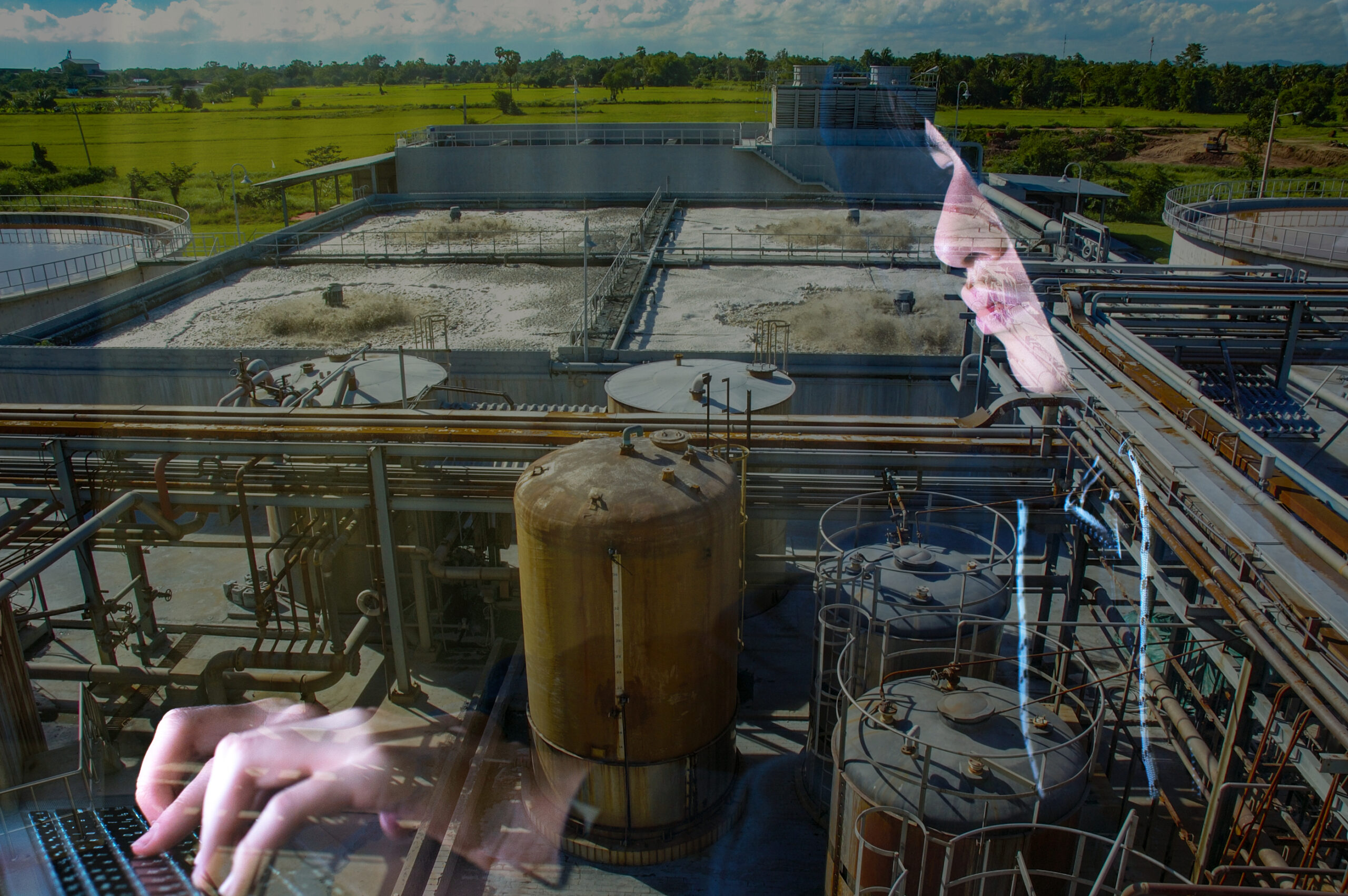Unfortunately, last week hackers accessed Florida wastewater treatment plants by exploiting an outdated Windows 7 computer and a weak cybersecurity network. This hack was exacerbated by the fact that Windows 7 has not received Microsoft’s support or updates in over a year. Is Microsoft to blame? Reports indicate that the hacker used remote access software to change the levels of sodium hydroxide in the water to dangerous levels for a few minutes. Sodium hydroxide is used in small amounts to remove metals from water.
Potential Solutions in Circulation
Several articles and hundreds of posted comments have suggested ways to fix the problem. Most of the solutions appear to improve the “process of security” and even eliminate internet access to the infrastructure. Should we rely on security procedures or reverting to manual control, eliminating the internet connections to wastewater treatment plants to reduce the possibility of a future hack?
What the Patents Tell Us
The more you read on the subject, the more you see that the problem’s root cause is lack of funding. This makes further sense when we study the patent literature. A search on lens.org reveals just under 9,000 results of patents and applications relating to wastewater plant security. However, many of these relate to secure connections of the physical infrastructure, not security in wastewater treatment’s cyberspace. There certainly must be technology solutions to the problems faced by utility providers.
Evidence of Innovation
We see evidence of innovation in wastewater plants like the ROAM system which touts real-time monitoring. We also see innovation in communications and collaboration, such as forums like LIFT. LIFT is a forum which “supports interactive collaboration, evaluation, and testing to accelerate the deployment of new promising research and technologies across the water sector.” But given all this, we still have problems like the facility in Florida.
Technical Solutions Within Reach
There are so many technical solutions to these problems that it staggers the mind. For example, using inexpensive solutions like sensors in the water that could automatically stop the system based on detecting abnormal water composition. Biometric identification at login to access the system also exists today. Also, we must realize whatever anti-hacking software we use, there will always be a new hack. This problem is the old lock and picks problem. If we invent a better lock, we will then see someone invent a better lockpick. If we just had more money to invest, we could employ many more of the thousands of inventions and have continual anti-hacking software upgrades. Indeed, this is a situation where we need minds that can invent Anything. New business models for wastewater treatment plants and other utilities are needed before current weaknesses become catastrophic failures.

The Case for Business Model Inventions
Business model inventions are undoubtedly valuable. They can be protected by business method patents, a new area for patent law. Although there is no exact definition of a business method patent, a rule of thumb is these patents cover novel ways of doing business. Typically, at least one step of a business method patent claims contain money or other commerce terms. Most business method patents fall under Class 705. The patents in this class are in the “practice, administration, or management of an enterprise, or the processing of financial data.”
For example, imagine you were the first to practice suggestive selling on the web. For example, your customers add a suit to their shopping cart, and your system automatically suggests a tie that goes with the suit. The USPTO may have granted a business method patent on your system (and you would be rich). You still would have to overcome the prior art and the Alice issues (Alice vs. CLS Bank). In Alice, the supreme court ruled you cannot patent a method of automating a process commonly provided by humans. Amazon’s “1-Click” ordering and Priceline’s “Reverse Auction” are a few common business method patent you may have heard of.
So how do we fix the money problem at our wastewater treatment plant?
New Business Models to Support Cyber Infrastructure
Creating business models for local infrastructure is not a new idea. What is new is creating business models that are specific and operable under many types of ownership structures, evaluating new capital sources or funding through the service charges.
Ownership Structures
How about looking at ownership structures and brainstorming for privately financed and operated services? We could have well-known security companies install their technology, free of charge (or at steep discount). The municipalities could allow them to write the cost off using tax incentives. The renowned tech company can advertise “Tech company inside government utility” on tax bills or municipal communications to patrons or other advertisements. This marketing play is a huge opportunity – there are about 15,000 wastewater treatment plants in the US alone. Microsoft could offer heavily discounted licenses to utility companies to encourage an upgrade to a more secure system in exchange for a municipal endorsement. Imagine the Microsoft logo appearing on every water bill in the US.
Capital Sources
Next we should look at new capital sources, for example, crowdfunding. Wastewater treatment plants could create a list of technology needs sent to their clients once a year, like a GoFundMe campaign. Users can voluntarily choose to fund the needs in small groups. If the campaign is successful, supporters could take off a percentage of that funding on their water bill until it is paid back. In essence, the utility company could receive microloans to finance upgrades. Of course, the utility will then raise rates accordingly over time. But this approach will also provide direct optics of the issues to the patrons’ pool, who will ultimately bear the cost.
How about exploring funding through service charges? For example, a business method that creates water-use bills where a “cybersecurity” line item is added to the bill that the payer can see, and the payer is guaranteed that that money is used only for security?
Still Many Roadblocks to Innovation
Maybe what we are proposing (new business models) is not done for other reasons? Government-run infrastructure utilities, like wastewater treatment plants, rely on decades of environmental law that are layered and complex. Some federal regulations govern overall technology standards, and states regulate chemical concentrations. Maybe we can figure out a way to invent systems that include all stakeholders. A kind of “Manhattan Project for Cybersecurity” may be on the horizon.
When you face problems about making, saving, or using money more efficiently, it is time to invent Anything: even new business models.

